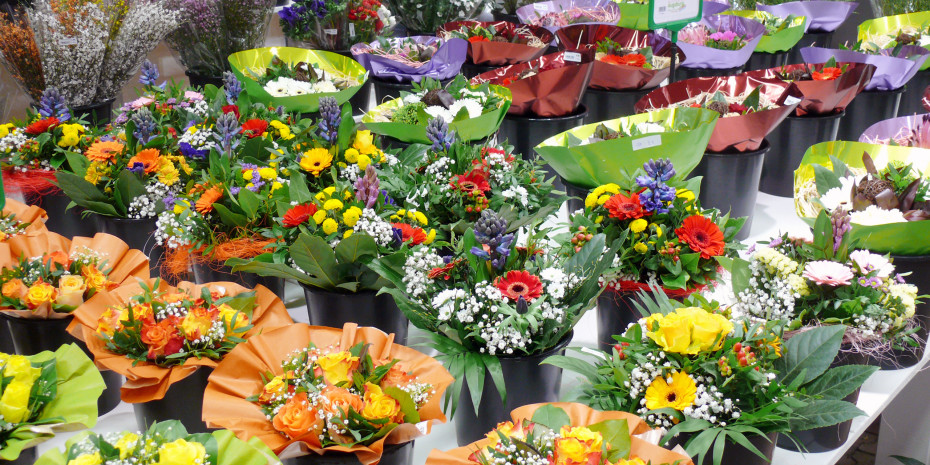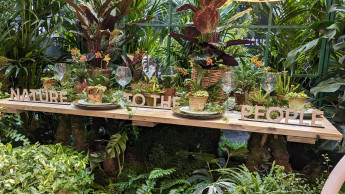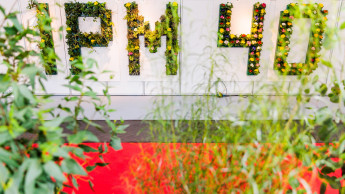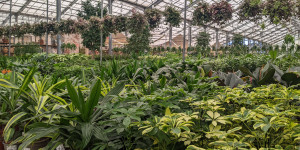According to Eurostat, imports of plants and flowers have slightly increased in quantity and value in recent years. Cut flowers are mainly responsible for increases in the importation of plants and flowers to the EU. Compared to the previous year, the importation of cut flowers into the EU during the first half of 2015 rose by 8 per cent in value terms and by 15 per cent compared to 2013. All other segments of the plant industry are unremarkable or are decreasing. In 2014, a total of 414,580 tonnes with a value of € 1.59 bn were imported by the EU. Over a 10-year comparison, it is evident that import volumes are declining with increasing import values. This means that increasingly higher-value products are being traded.
Identifiable past shifts in European contact countries are continuing: Kenya is strengthening its position, and 28 per cent of EU imports came from Kenya alone in 2014. Kenya is positioning itself as a supplier of quality products. Ethiopia is also continuing to increase its importance as an exporter to the EU, while imports from Israel, the United States and Costa Rica have tended to decline.
Similar to imports, exports of flowers and ornamental plants from the EU have tended to increase in the last ten years, although slight decreases in EU exports were registered in 2014 and 2015. In 2014, the quantity decreased slightly by 0.8 per cent in comparison to 2013, and the value decreased by 2.9 per cent. With potted plants in particular, there were revenue declines of 4.5 per cent in value terms in the first half of 2015. In 2014, 682,000 t of flowers and ornamental plants were exported as a whole at a value of € 1.91 bn. The monetary value comparison between EU imports and exports clearly shows how different the plant import and export sectors of the EU are. Through the export of potted plants, shrubs and bulbs, etc., there is an overall trade surplus amounting to € 326 mio (as of…

 Menü
Menü















 Newsletter
Newsletter